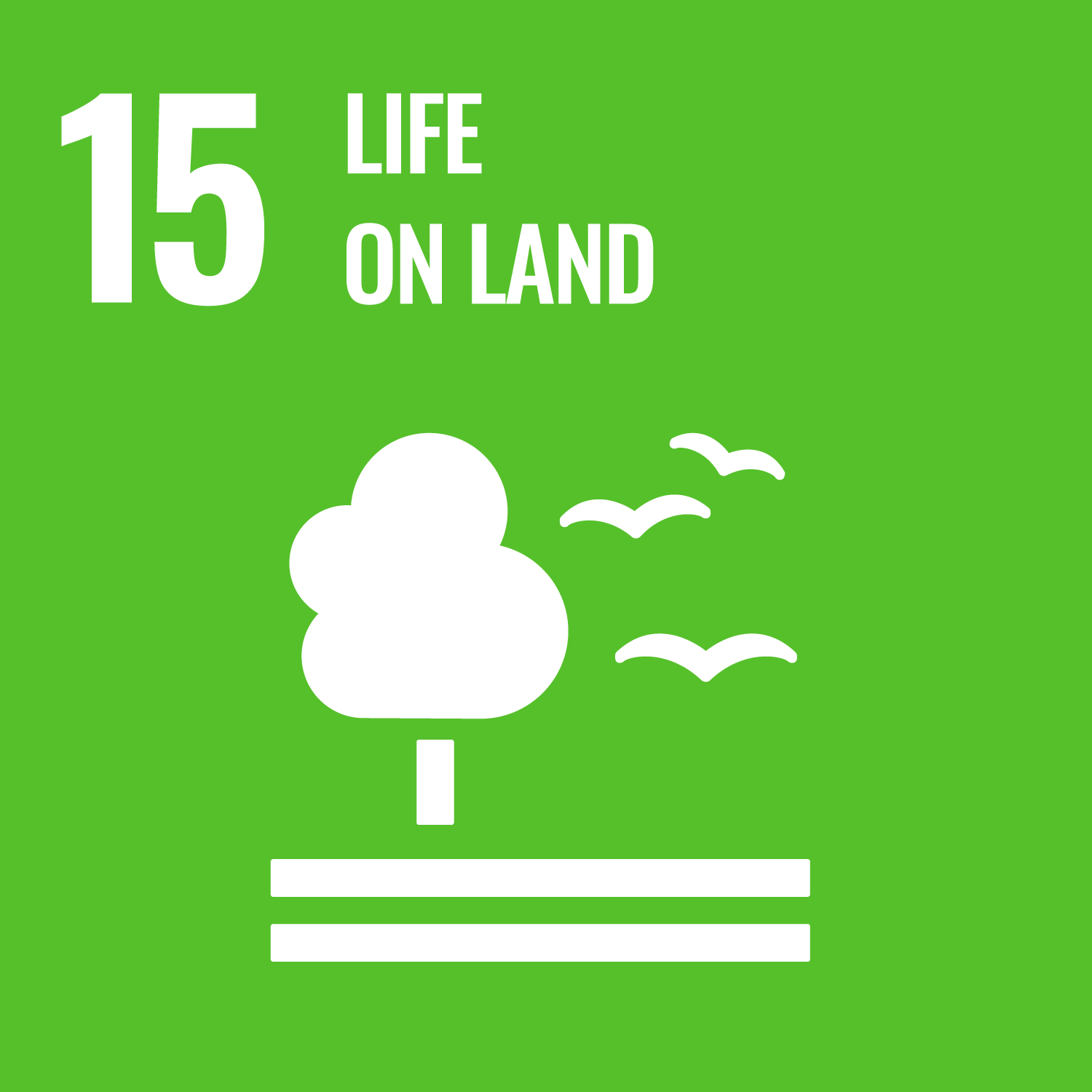ORCID
- Robert Puschendorf: 0000-0002-8105-171X
Abstract
Quantifying resource partitioning between co-occurring species can provide insight into processes facilitating coexistence by closely-related species, a fundamental question in ecology. We tested whether the habitat requirements of two closely-related Neotropical forest eagles, the Crested Eagle (Morphnus guianensis) and Harpy Eagle (Harpia harpyja), differ at fine and coarse resolutions across their shared geographic range. Using landcover and topographic covariates, we first quantified potential resource overlap using higher resolution (30 arc-sec, ~1-km2 data) generalized linear models (GLMs), and second using coarser-grain (2.5 arc-min, ~4.5-km2 data) environmental ordination to capture the potential effect of scale on habitat overlap. The distribution of both eagles was largely explained by canopy tree species richness and canopy structural complexity, with peak suitability of 60-80 % evergreen forest cover. Both eagles were negatively associated with mosaic forest and cultivated areas. From the GLMs, habitat overlap was > 93% in geographical space but reduced to 73% when considering environmental space, a proxy for resource overlap. From ordination (Principal Component Analysis), resource overlap was 67% in environmental space, with randomization tests supporting equivalent environmental space for both eagles. Our results suggest that at the continental scale, Crested and Harpy Eagles share identical environmental space when quantified at fine and broad scales, with little difference in distribution and habitat use. At the continental scale used here both eagles can co-exist, presumably with sufficient habitat heterogeneity for coexistence when they occur in close proximity. Therefore, further research is required at the local-level to fully capture where coexistence at the local-scale is facilitated more by fine scale habitat selection, or difference in diet between two species with indistinguishable habitat use.
DOI Link
Publication Date
2023-06-19
Publication Title
Ibis: International Journal of Avian Science
ISSN
1474-919X
Acceptance Date
2023-06-12
Deposit Date
2023-06-19
Embargo Period
2024-06-18
Recommended Citation
Sutton, L., David, A., Franco, M., Bittioli, R., McClure, C., Miranda, E., Vargas, F., Vargas, F., & Puschendorf, R. (2023) 'Multi-scale habitat overlap in two broad-ranged sympatric Neotropical forest eagles reveals shared environmental space and habitat use', Ibis: International Journal of Avian Science, . Available at: 10.1111/ibi.13251


